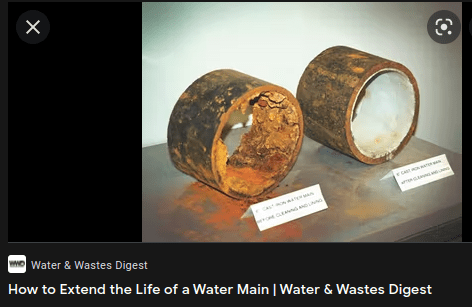nuuvox000
Mechanical
- Sep 17, 2019
- 344
I have a building where they're trying to add a bunch of plumbing fixtures without upsizing the pipe from the street. I'm estimating the new velocity will be about 12 ft/second. I know that copper pipe can get eroded in velocities over 8 ft/s but I can't find much information on galvanized steel pipe. Does anyone have experience or knowledge on this? Thanks!
Edit: galvanized pipe is existing and in the ground.
Edit: galvanized pipe is existing and in the ground.

